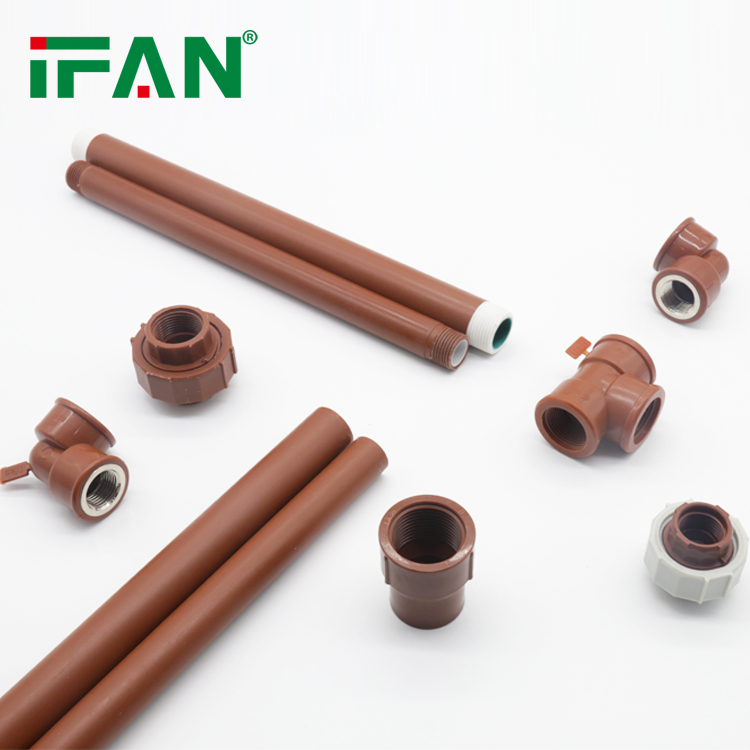PPH Pipe-“Touch” to check whether the texture is fine and whether the particles are uniform. Currently, on the market, PPH pipes mainly come in white, gray, and green. Under normal circumstances, recycled plastic cannot be made into white, so consumers often believe that the white ones are the best. In fact, this
“Smell” for any odor. The main material of the PPH pipe is polypropylene, and a good pipe has no odor, while a poor one has a strange smell, which is likely to be mixed with polyethylene instead of polypropylene.
“Pinch” The PPH pipe has considerable hardness, and a pipe that can be easily pinched into deformation definitely is not a PP pipe.
“Hit” A good pp pipe has good “elastic recovery”, and a pp pipe that is too easy to shatter is naturally not a good PP pipe. However, strong hardness does not mean good elasticity. For pp pipes that cannot be broken no matter how hard they are hit, consumers should have doubts. Because some unscrupulous manufacturers increase the hardness of the pipe by adding too much calcium carbonate and other impurities, and such a pipe is prone to brittle cracking after being used for a long time.
“Burn” Light a fire and burn it, which is very intuitive and useful. PPH pipes mixed with recycled plastics and other impurities in the raw materials will emit black smoke and have a pungent odor; good materials will not emit black smoke or have an odor after burning, and the melted liquid after burning is still very clean.

The feel of pp pipe fittings is soft, while the feel of fake pp pipe fittings is much smooth.
The landing sound of pp pipes is relatively dull, while the landing sound of fake pp pipes is relatively crisp.

